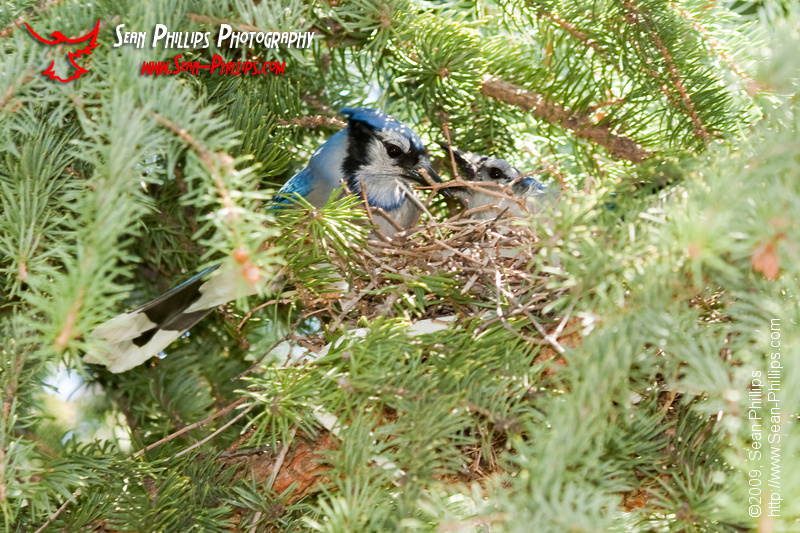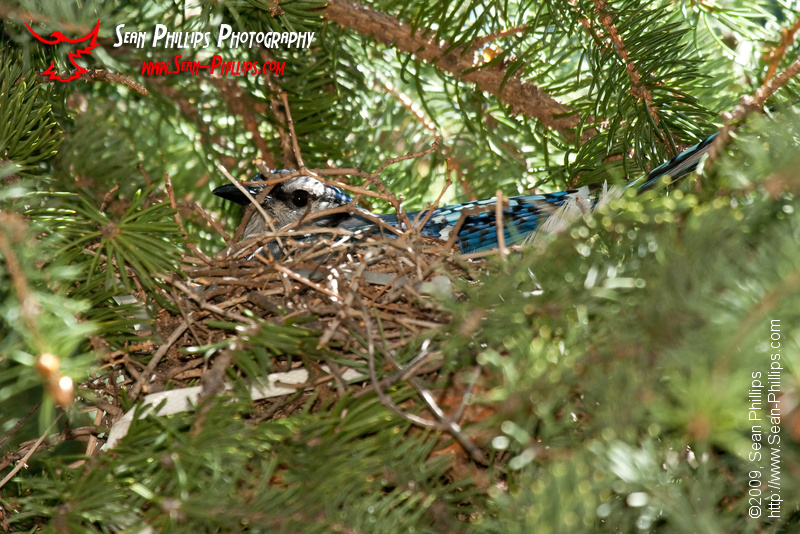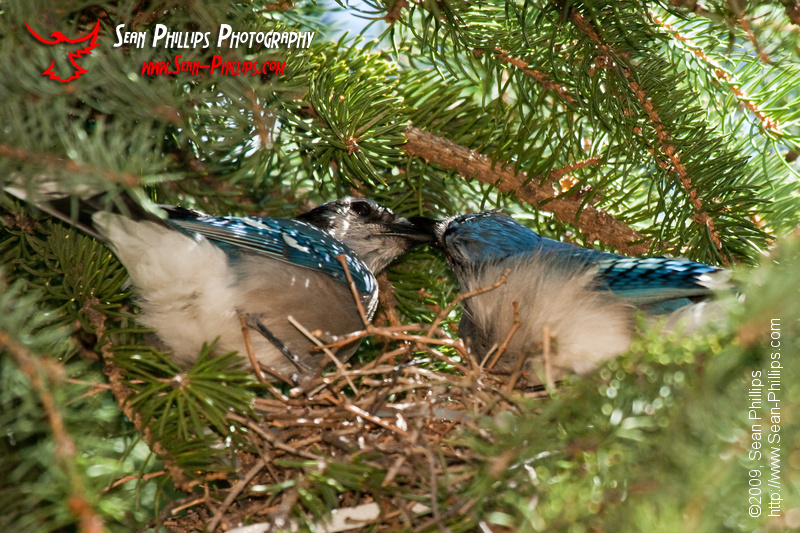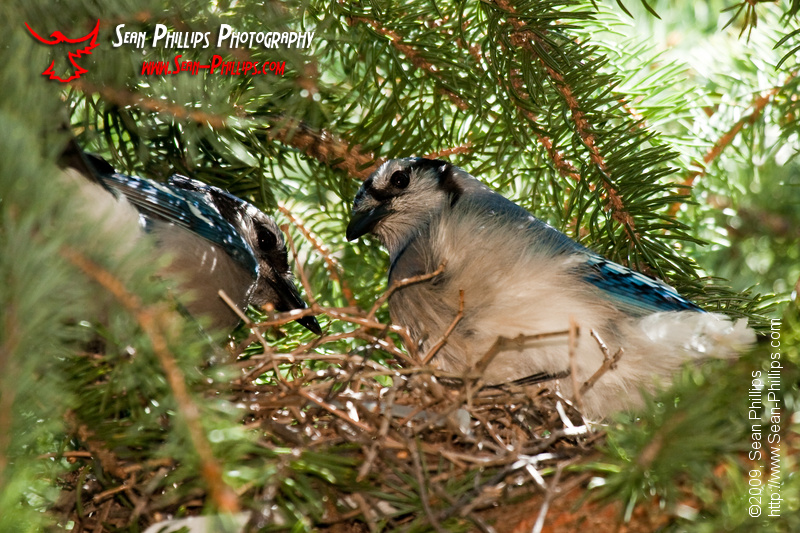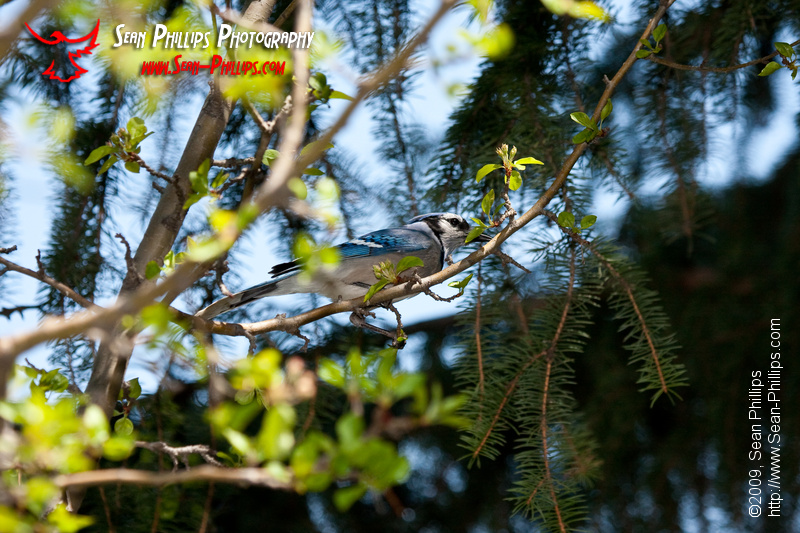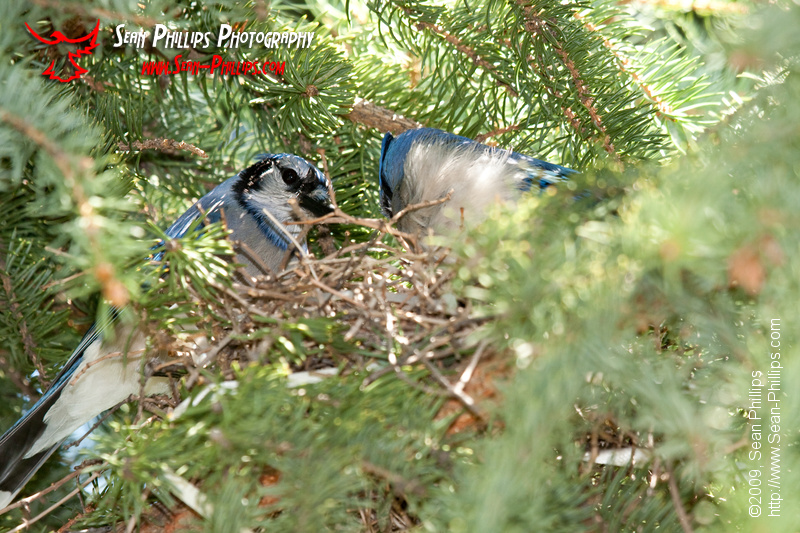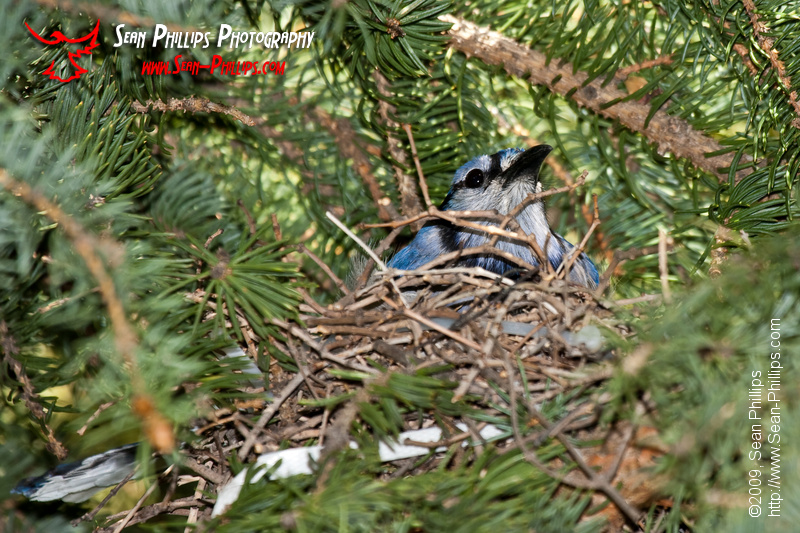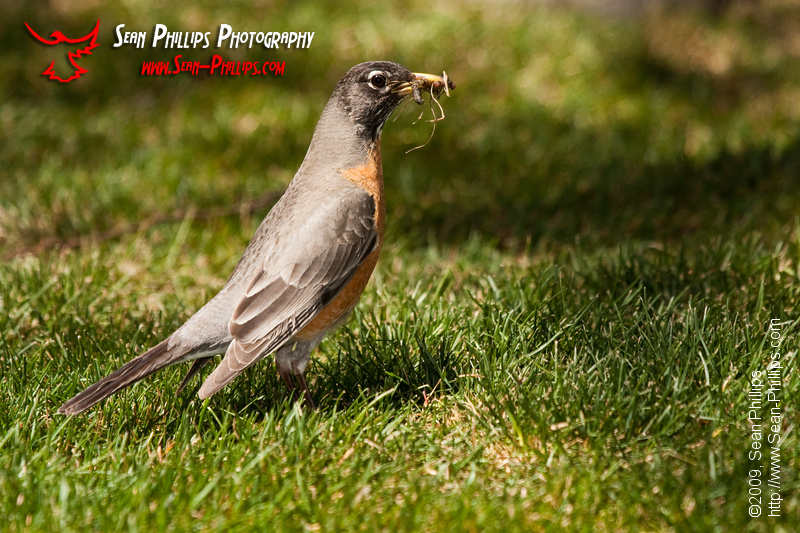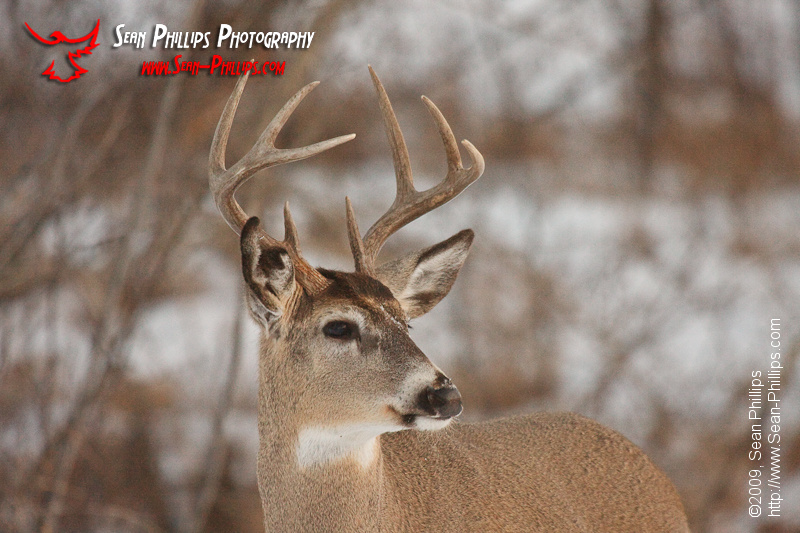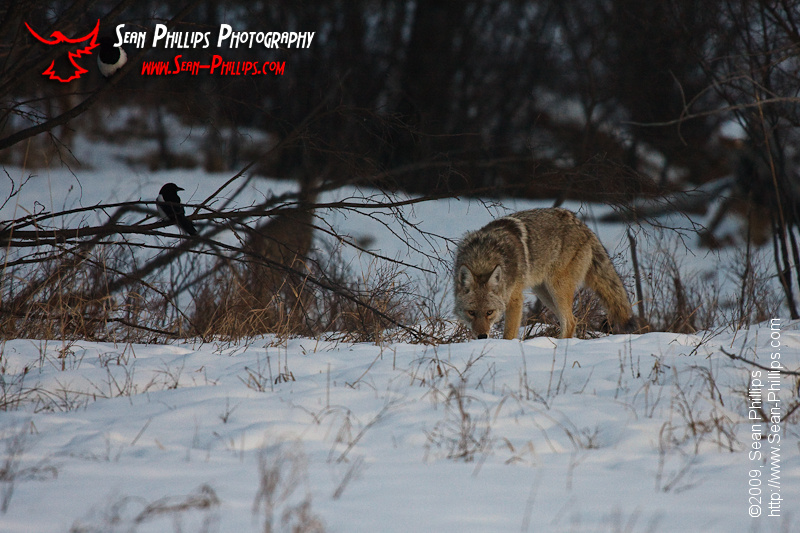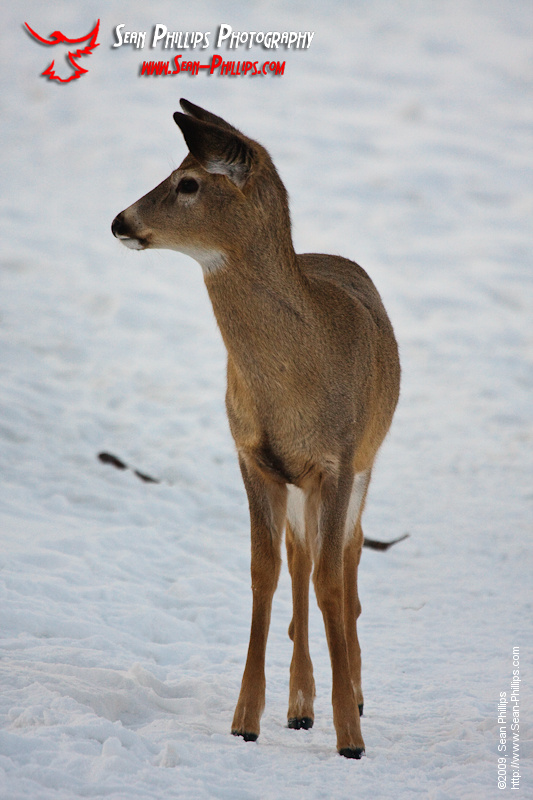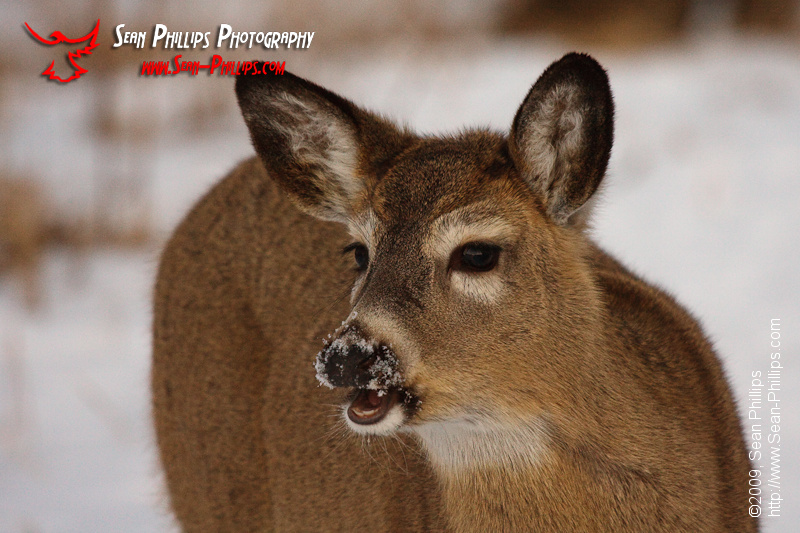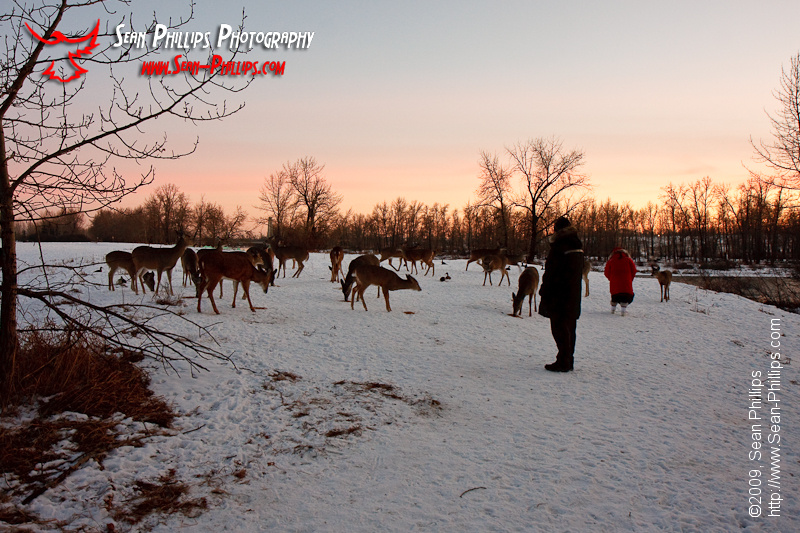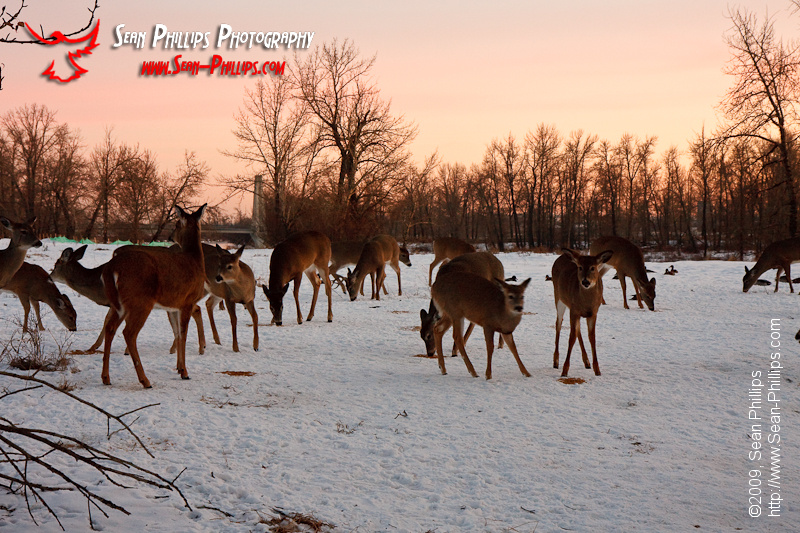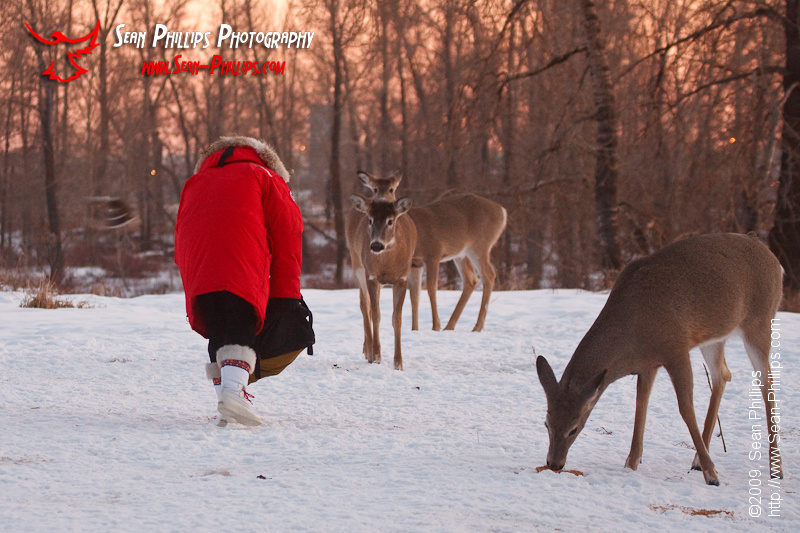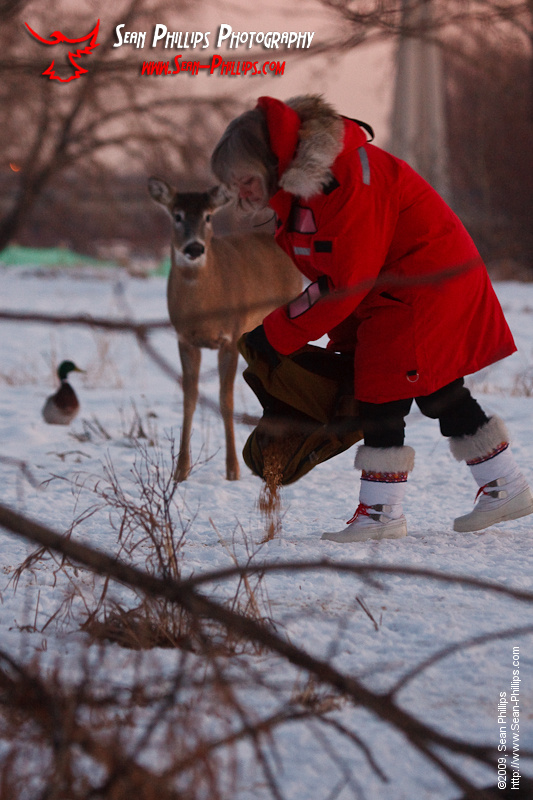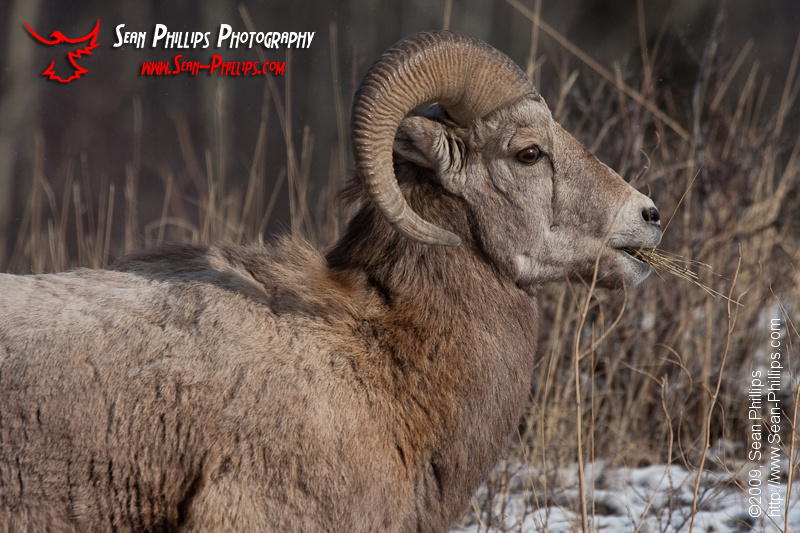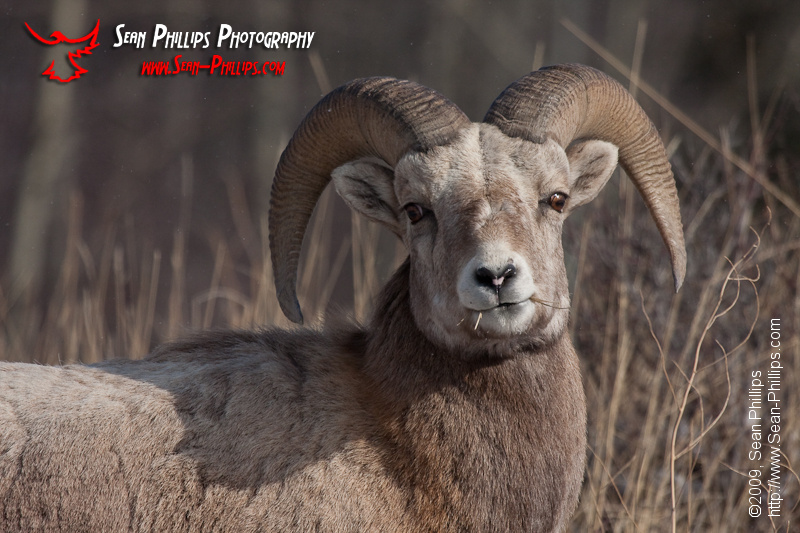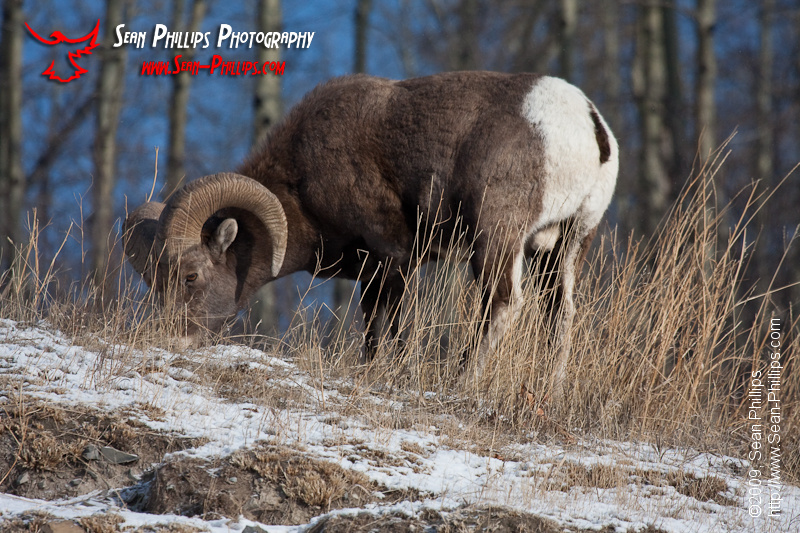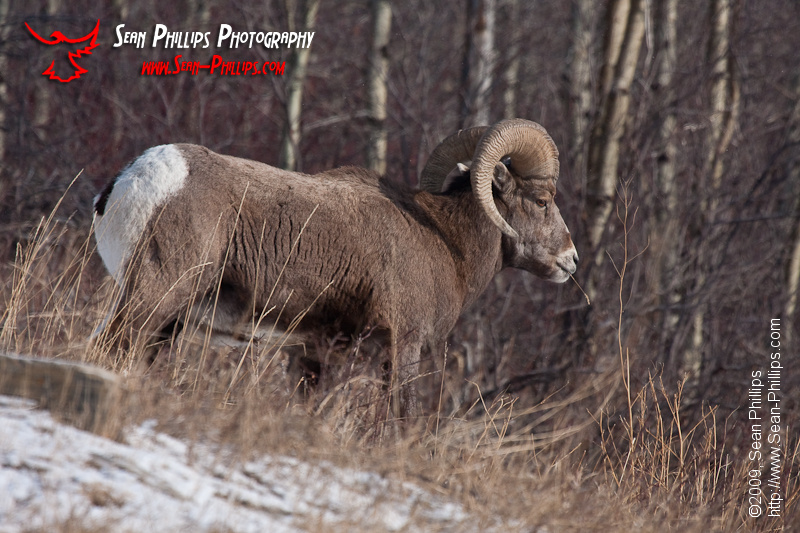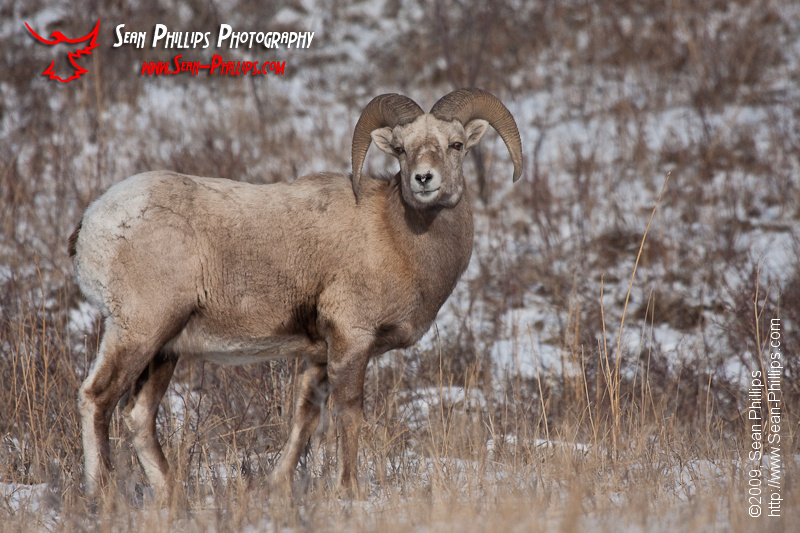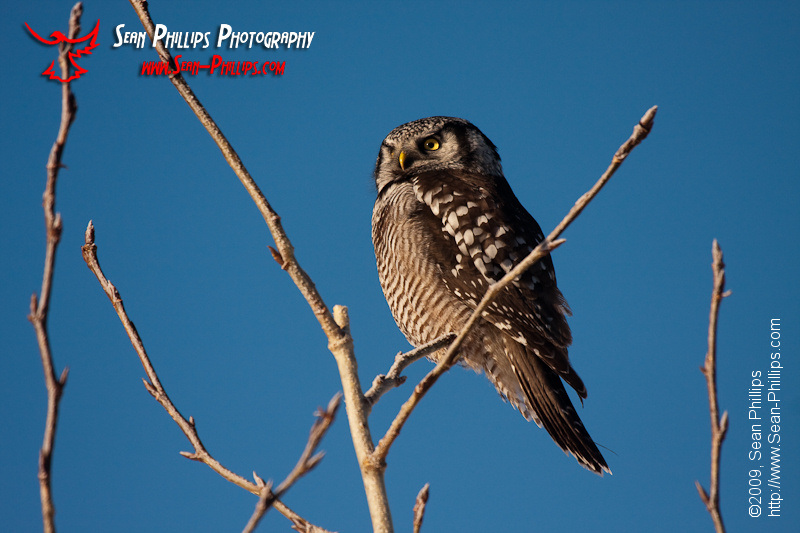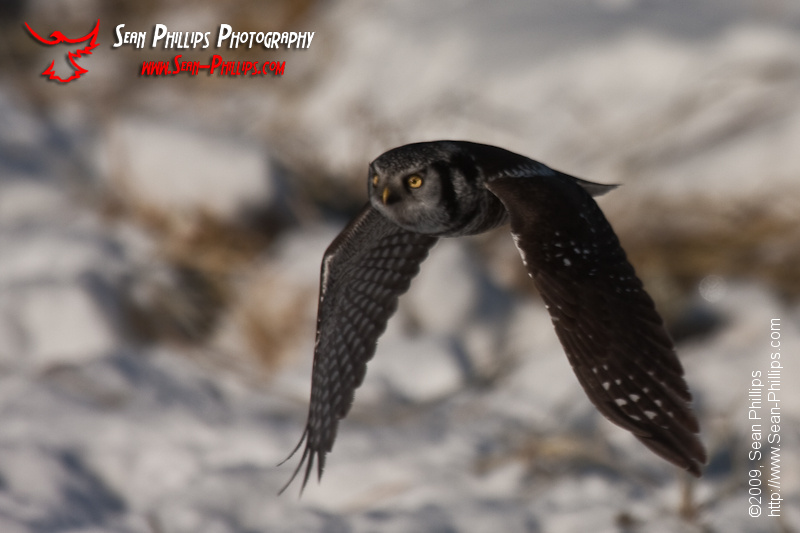I was visiting a friends house today and discovered that they have a pair of Bluejays nesting in their backyard. I immediately sat down to watch and take some pictures. It was very cool to watch! There was always one bird on the nest while the other was off hunting. Every so often the hunter would return to share its meal with the nesting bird.
Tag: meal
Hungry Red Robin
For all the hunting and digging that Robin’s do, it’s not all that often that you find one with a meal in its beak. I saw this one hopping along the grass and it was really just instinct that made me swing my camera around to take a couple of snaps. I didn’t even realize what I had until I was looking at the images on my computer later. That looks like a really tasty treat it has in its mouth!
Grain-fed Deer at Carburn Park
One of my favorite places to look for birds and animals is right in the city (Calgary) near my home. Carburn Park is a man-made city park on the banks of the Bow River. Although it was developed to be very accessible to everyone, including a paved path all the way around the park, it also has large stretches of naturalized areas and has become home to thousands of birds and animals. It is a very beautiful park and it is a fantastic place to go birding in all seasons.
Although not as common as the deer that can always be found in the park, I have recently seen Coyotes several times. I had seen this animal earlier in the evening while it sauntered across the frozen lake. There were people walking all around the park and it really did nothing to avoid them. I eventually found it again a little further back in the woods.
The park is home to very large herd of White-tailed Deer. There were quite a few deer wandering around in the woods while I looked for the coyote, and they were very skittish when the coyote passed close by. They are very used to people and completely ignored me however.
I have seen the Deer in the park many times before, and I knew that the resident herd was quite large, but I really had no idea just how many live there were until I saw people feeding them just before sunset. A man whistled a couple of times and then dozens of deer came running from all over the park. They were obviously accustomed to being summoned for a free meal.
I don’t understand why these people think it is necessary to feed wild animals. I really doubt that they understand the danger they are putting these deer in. There were at least two coyotes skulking around in the park that night and I’m sure they would love to take advantage of some fat, grain-fed deer that weren’t paying attention to anything other than the easy meal in front of them.
The bigger question is what the deer will do when these people stop feeding them, as eventually they will. The animals have clearly become habituated to having their meals delivered to them, and they have completely lost their fear of people. If it gets so bad that they come to depend on the people to provide their food, then what will happen to them when the food wagon stops rolling in?
I love going to Carburn Park and I’m always excited to see the birds and animals that live there, but knowing what I know now about these deer, I am terribly conflicted about photographing them… I’d love to here what other people think about this issue?
Rocky Mountain Bighorn Sheep
There are lots of large animals that are easily found in the Rocky Mountains (and the foothills). One of the most beautiful, and one of my personal favorites, is the Bighorn Sheep. These animals are usually very easy to find in the same places over and over again, and so I’ve been able to observe them many times.
I recently took a drive west of Calgary along a route that I had never taken before. In two different places along the highway (near Exshaw) I saw large herds of sheep shortly after passing warning signs for sheep in the area. It’s funny how often you can see warning signs for animals but then never actually see any of animals. That is definitely not the case with Bighorn Sheep!
Although there was one memorable time when I was gently reminded by a rather large sheep that they really are wild animals, they are generally very passive and aren’t very concerned by human interaction. These two herds almost completely ignored me and they barely bothered to glance up while continuing to eat their morning meal.
Northern Hawk Owl
Every once in awhile the local birding community goes crazy about a special visitor to the area. Recently reports have been coming in daily about a trio of Northern Hawk Owls living north of Cochrane. I was was lucky enough to see two of the three birds today.
Although not endangered, these birds are considered to be rare in the Calgary area. For there to be three of them located in such close proximity is very exciting. Reports of these birds have been popping up on Alberta Bird since before Christmas and I was eager to see if I could find them. Fortunately these particular owls have been staying in the same spot for a long time, and they don’t seem to care that they are being watched by a lot of people. One of them actually flew onto a tree only a few feet away from me several times.
This particular bird has a regular behavioral pattern in which it perches in a high tree (or power pole) while preening; every so often it will fly down to a lower tree overlooking the adjacent farm field, and then patiently search the field for a meal. When it finds something it swoops down low over the grass and strikes from behind. Sometimes it eats the meal right there on the ground, while other times it flies off with it to enjoy it from a higher vantage point.
The nearby fields appear to be abundantly stocked with prey and these birds make many such trips throughout the day. I stayed to watch one of the birds for quite a long time and it was very exciting to be able to observe it so closely. I managed to make a few good sequences of images of it hunting, and I’ve put together a slideshow of one of these sequences…
When this sort of excitement crops up there is always the inevitable talk about the ethics of human interaction with wildlife. In this particular instance there have been huge numbers of people traveling down the same road eager to see and photograph such beautiful birds. Some people would say that this is very stressful to the bird and that it can really disrupt their lifestyle. I’ve already mentioned that these birds don’t seem to care very much about the people that are visiting them, and my personal belief is that birds and animals are generally very good at letting humans know when they are being bothered. In fact they usually do so very quickly…
As an aside, I have to say I don’t support feeding wild birds or animals just to get a better picture. There have been some reports that people have been baiting these birds (with pet store mice for example) to do just that. I certainly didn’t see it happening while I was watching the owls, and I would even go so far as to say that it would be completely unnecessary in this case. The adjacent field appears to be teeming with mice and these birds have been on a very steady diet of fresh food. Having said that, it happens all the time, and not just by photographers. But that’s a topic for another post…
